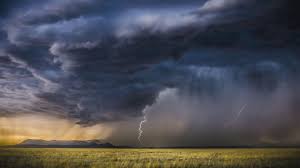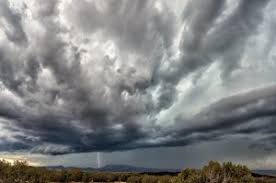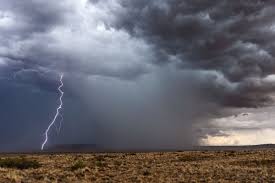The New Normal: How Climate Change is Reshaping India's 2025 Monsoon
Editor
Jun 21, 2025
min read
4 views

The 2025 Southwest Monsoon, with its early onset, predicted 'above-normal' intensity, and stark regional disparities, is a textbook example of climate change's growing influence on India's most critical weather system. While a boon for many, the erratic behavior—characterized by long dry spells punctuated by extreme rainfall events—is forcing scientists, policymakers, and citizens to confront a new and volatile reality. This year's patterns are not a one-off anomaly but part of a larger, worrying trend that poses long-term risks to India's water security, agriculture, and infrastructure.
Scientists at the Indian Institute of Tropical Meteorology (IITM) and other global institutions have been warning of this shift for years. The primary driver is global warming. For every degree Celsius of temperature rise, the atmosphere can hold about 7% more moisture. This increased moisture-holding capacity means that when it does rain, the downpours are often far more intense. "We are seeing a clear shift in the character of the monsoon," explains Dr. Anjal Prakash, a research director and IPCC author. "The number of rainy days is decreasing, but the intensity of rainfall on the days it does rain is increasing. This leads to the dual problems of flash floods and prolonged droughts, sometimes within the same season."
The 2025 forecast exemplifies this trend. While the national average is 'above normal', Northeast India is predicted to face a rainfall deficit. This drying trend in one of the world's wettest regions is linked to complex atmospheric changes, including a weakening of the Bay of Bengal branch of the monsoon. Conversely, arid and semi-arid regions in Western and Central India are witnessing an increase in heavy rainfall events. A study by the Council on Energy, Environment and Water (CEEW) noted that regions in Rajasthan, Gujarat, and Maharashtra have seen rainfall increase by up to 30% over the last decade compared to the previous 30-year average.
Several climatic factors are contributing to the 2025 monsoon's behavior. Reduced snow cover across Eurasia and the Himalayas during the preceding winter is a key element. Less snow means less sunlight is reflected (lower albedo), leading to warmer landmasses. This intensified land-sea temperature contrast strengthens the monsoon circulation, pulling more moisture from the oceans. "The reduced snow cover observed from January to March 2025 was a significant indicator for our 'above-normal' forecast," a senior IMD official confirmed.
The impact of these changes extends beyond agriculture. An 'above-normal' monsoon promises to boost India's hydropower generation, which is crucial for meeting the country's energy demands. Plentiful rains replenish dam reservoirs, allowing for increased electricity production and reducing the reliance on coal-fired power plants. However, the energy sector also faces risks. Extreme rainfall can flood power generation facilities and damage transmission infrastructure, leading to outages. Furthermore, while a wet and cloudy monsoon reduces the demand for air conditioning, leading to lower peak electricity loads in some months, the overall trend of rising temperatures due to climate change is driving a massive increase in the demand for cooling, straining the power grid in the long run.
Experts argue that India must move from a reactive to a proactive stance. This requires a fundamental shift in planning and infrastructure development. "We can't keep building the same way in Delhi, the Himalayas, and coastal areas. Our urban planning, water management, and agricultural practices must become climate-resilient," argues Sunita Narain, Director General of the Centre for Science and Environment. This includes investing in nature-based solutions like restoring wetlands and forests, developing sophisticated early warning systems like the NDMA's 'SACHET' app, and building infrastructure designed to withstand extreme weather. The 2025 monsoon is not just a weather phenomenon; it is a clear and urgent message about the profound climatic shifts underway.
Editor
League Manager Editorial Team








Leave a Comment